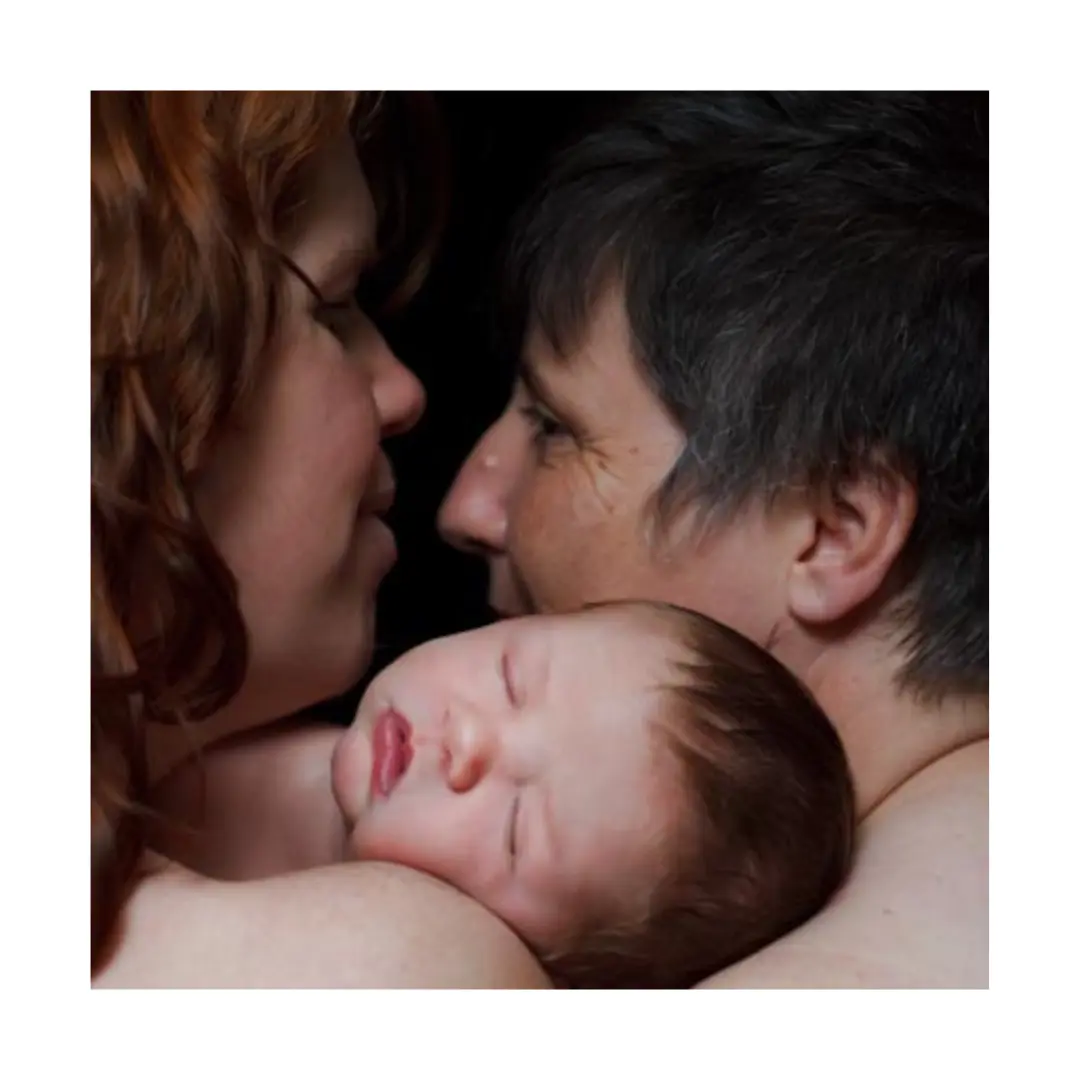
How Much Do Biological Ties Really Matter?
Sperm and egg donation never promises a relationship. It’s true

12 years ago, my wife and I spent an enormous amount of time and energy finding a way that worked for us to have a baby. We are both women, we needed a sperm donor and we got undeservedly lucky both in who we chose and our beautiful child. Today our son is 12 years old and those days of anticipation, pregnancy and birth are behind us but how to weave the third person in his creation and story of his life are not.
It is hard to know accurately how many children are born through donor conception as some countries and clinics keep better records than others but it would be accurate to say it is in the millions. In the past parents were encouraged not to share with children the use of a donor and this silence reinforced a shame about the practice. Today parents are advised to tell the truth knowing that secrets rarely remain so and are destructive in families. Someone in the family will accidentally tell, the child will become suspicious or will join the many who have run a genetic screening out or curiosity or to find answers.
Through our own personal experience and 22 years working with adoptive children and families we have put together a guide on how to help children with third party reproduction.
Start Early
It’s never too early to tell. This gives you time to practise, get comfortable and start a story you can build on later. Talking to your child in the womb might even help. Getting to a place where it is no big deal to you means it won’t be to your child. Focus on how your family is made up rather than the details of conception. We fear sometimes that our kids will be confused about who is family but children are clear about who their parents are. Families are made by emotional rather than genetic ties. Using our books for your own practise and then sharing with your child when they are born may help you to get comfortable.
It’s Never Too Late
Children over the age of 8 developmentally are starting to lose magical thinking and have a better general understanding of those below this age. As such this might be a more sitting down and telling event rather than a process for those younger. There are further books, groups and resources for those in this situation such as the Donor Conception Network https://www.dcnetwork.org/telling-your-child and Creating Family https://creatingafamily.org/
Talk/ Talk and Keep Talking
Some parents assume that if their child isn’t talking about it then they aren’t thinking about it. This might be true but it could just as equally be that a child may sense that the topic is uncomfortable for the parent, so they keep their thoughts and questions to themselves. It’s the parent’s job to raise the topic and ask questions. If you are using our book to help start these conversations keeping it somewhere the child can reach means they have another way to tell you when they want to talk again.
No parent wants a secret at the heart of their relationship with their child, sometimes those concerns that a child may be confused or upset by being told can cover anxieties that properly belong to the parent and not the child at all.
No matter how our families come together we all want to raise happy, self-assured children. Being part of a family that is open and honest and built on being wanted and loved is a strong foundation to ensure this is the outcome.

Sperm and egg donation never promises a relationship. It’s true

Being lesbionics in rural Nova Scotia meant our birth plan

The above is from an excerpt of her book, I